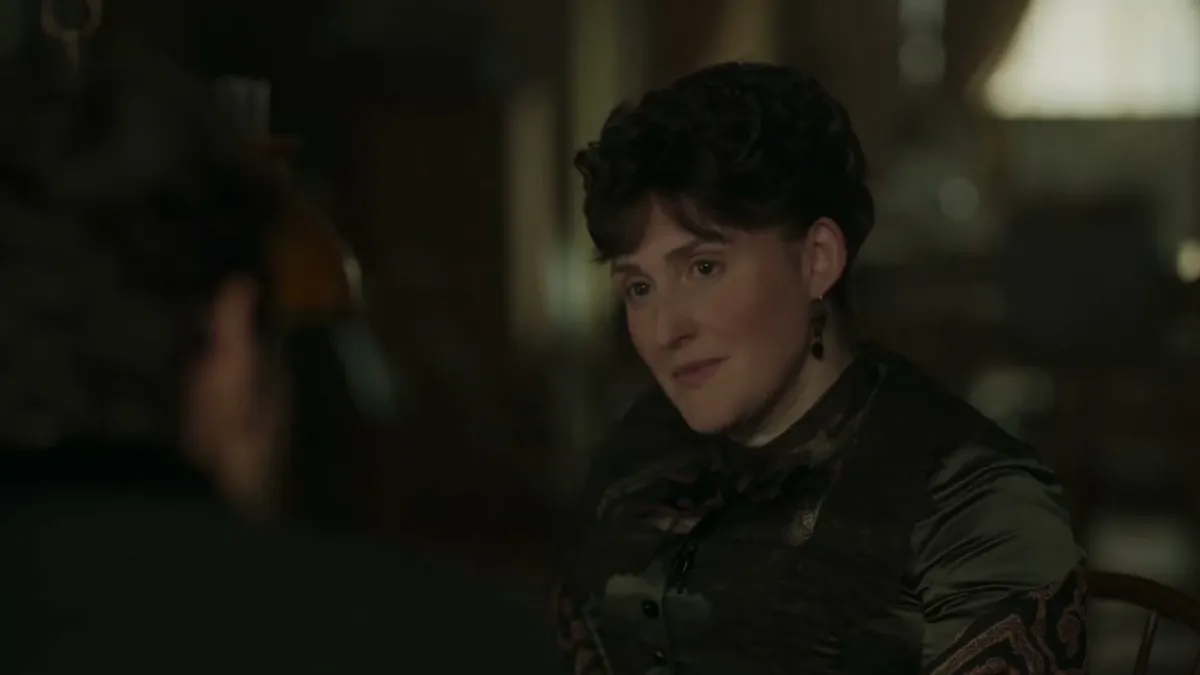The Gilded Age’s second season features Emily Roebling, a character who is based on the historical figure of the same name. In the show, she’s the architect behind the Brooklyn Bridge, but is that true? Here’s Emily Robeling’s link to the Brooklyn Bridge in The Gilded Age, explained.
Emily Roebling’s Link to the Brooklyn Bridge in The Gilded Age, Explained
The Emily Roebling we see in The Gilded Age did exist. Unlike the Russells, who were given different names, Emily Roebling’s name hasn’t been changed at all. She was real and, just like in The Gilded Age, was the wife of Washington Roebling. And in real life, she was heavily responsible for the successful construction of New York’s Brooklyn Bridge.
She didn’t design the bridge, but when her husband, who was the bridge’s chief engineer, fell ill, she more or less took over his role. As well as being his eyes and ears when he was bedridden, she learned enough about bridge construction to supervise on-site.
And we’re not talking about building a house here. Completed in 1883, the Brooklyn Bridge is over 1,500 feet, and while it does receive maintenance, it still stands to this day. Roebling wasn’t just taking responsibility for getting it completed – errors on her part could have led to the deaths of those who crossed the bridge in future years.
That’s not to undersell the contributions of the people who actually built it. Thousands of manual workers worked on the 14-year project, and 20 or so people died during its construction. But Roebling oversaw its construction, making decisions that were instrumental to its completion.
Her involvement is especially surprising since women weren’t granted access to the kind of job she was, in essence, undertaking. It wasn’t until after her death that women finally got the right to vote in the US. It can’t have been an easy job, either. She never really spoke about her experiences on the “job,” but it’s fair to assume she had to deal with a degree of sexism.
Her husband, who was bedridden due to decompression sickness (a result of inspecting the bridge underwater), did live past the bridge’s completion and outlived Emily. However, he remained bedridden, and there’s no report of him actually seeing the bridge first-hand. He probably had to make do with photographs, which is a little tragic.
Emily, on the other hand, was the first person to cross the bridge during its opening ceremony. Her accomplishments have been recognized well beyond her lifetime, with a street being named in her honor in NY. So, while the Emily Roebling in The Gilded Age is only based on the real-life character, her role in the creation of the Brooklyn Bridge is not made up.






Published: Dec 6, 2023 09:49 am